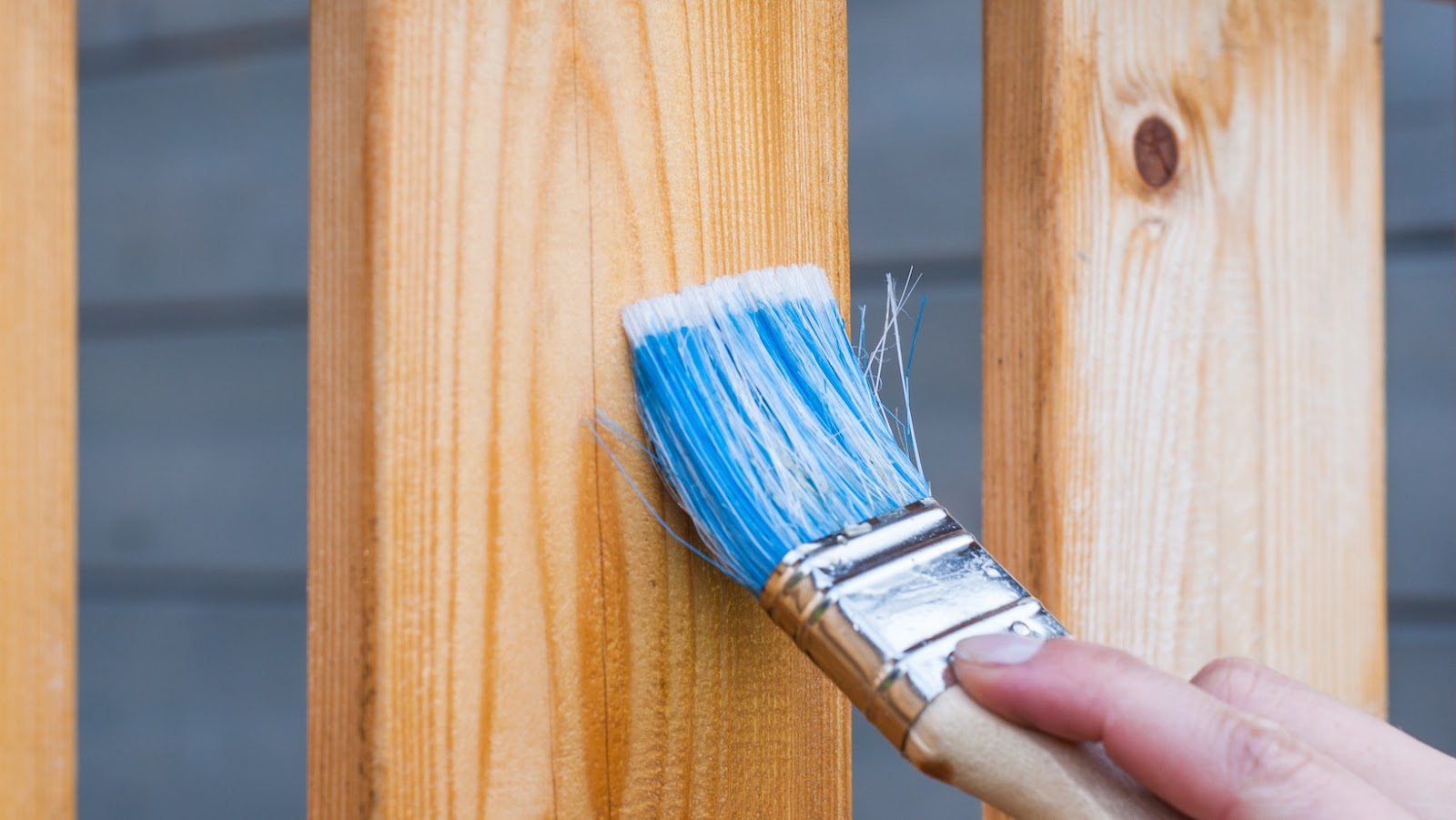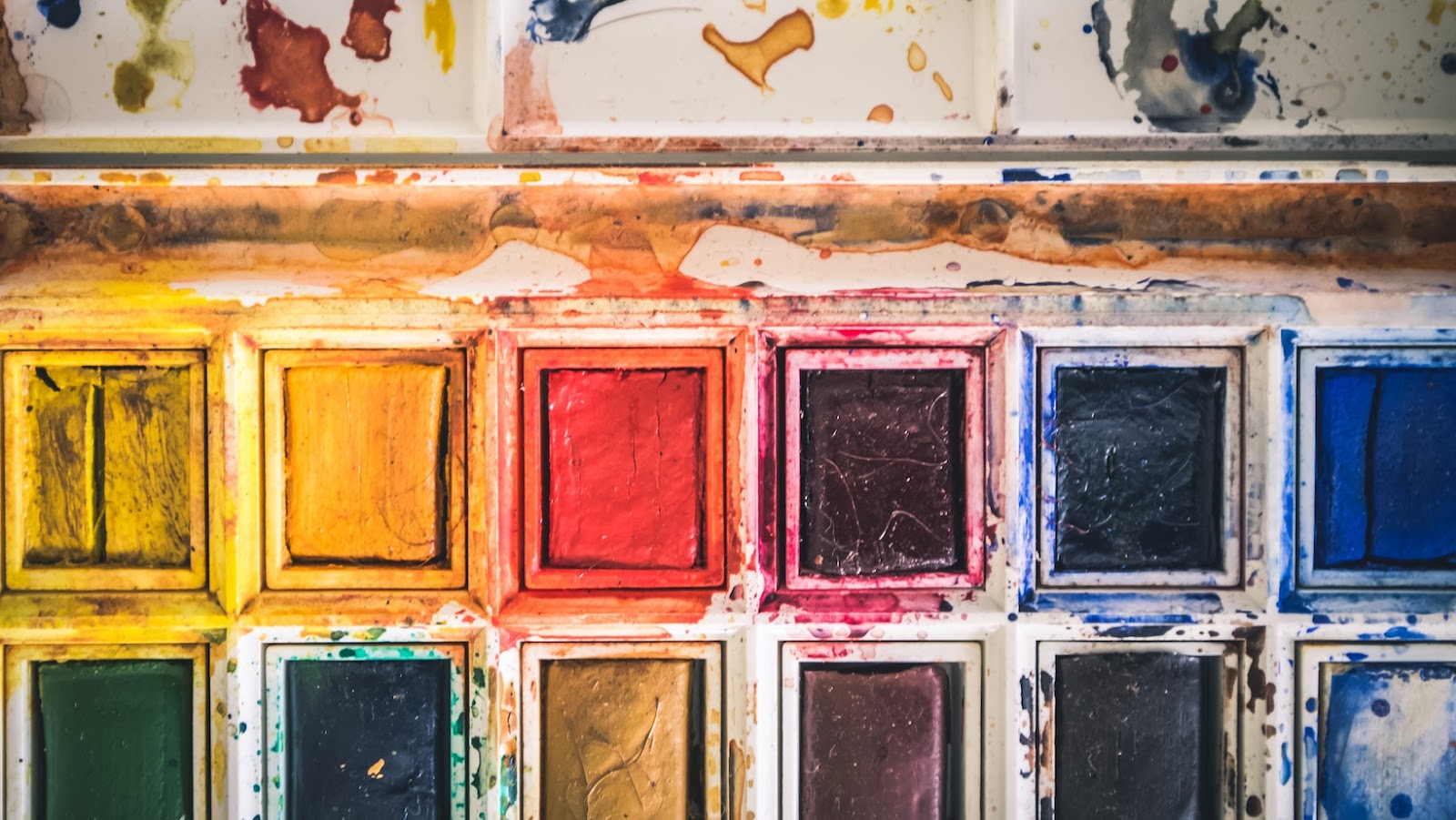Are you looking to update your kitchen cabinets but don’t know where to start?
Painting is an easy and inexpensive way to give your kitchen a fresh new look. With the right supplies and these easy-to-follow tips, you’ll be able to paint kitchen cabinet doors like an expert!
Preparing the Cabinet Doors
Preparing the cabinet doors is a crucial step when painting your kitchen cabinet doors. It ensures that the paint adheres well and the finished product is smooth and long-lasting.
Here are some tips for preparing your cabinet doors before painting them:
- Start by removing all hardware and hinges from the doors.
- Clean the doors thoroughly with soap and warm water to remove any grease, dirt or grime.
- Sand the doors lightly with a fine-grit sandpaper to create a surface that the paint can easily stick to.
- Wipe down the doors with a damp cloth to remove any sanding dust and let them dry completely.
- Apply a coat of primer to the doors to provide a good base for paint adhesion.
By following these steps, your kitchen cabinet doors will be ready to paint, and the new finish will last for many years to come.
Pro Tip: Use painter’s tape to cover any areas you want to keep paint-free during the painting process, such as glass inserts or decorative moldings.
Choosing the Right Paint
Choosing the right paint is key to achieving a successful kitchen cabinet makeover. Here are some tips for selecting the right paint for your kitchen cabinet doors.
- Opt for a durable and scrubbable paint finish like semi-gloss or high-gloss. These finishes can withstand repeated cleaning and resist moisture and grease.
- Choose a paint color that complements your kitchen’s decor style and color scheme. Lighter colors like white, beige or pastels will make your kitchen appear brighter and more spacious, while darker colors like navy, black or espresso will add drama and elegance.
- Look for quality and branded paints that offer good coverage and leveling with minimum brush marks. It’s better to invest in a premium paint that will last longer and need fewer coats.
- For best results, always prime the kitchen cabinet doors before painting. This helps the paint adhere better and guards against stains and moisture.
Pro tip: Use a small foam roller to paint your kitchen cabinet doors for a smooth and even finish.

Applying Primer
Applying primer is a crucial step when painting kitchen cabinet doors. It ensures that the paint adheres well to the surface and creates a long-lasting finish.
Here are some tips for applying primer to kitchen cabinet doors:
- Clean the surface of the cabinet doors thoroughly with soap and water. Allow them to dry completely before starting.
- Sand the doors gently with fine-grit sandpaper to ensure that the surface is smooth and free of any rough spots or imperfections. Wipe away the dust with a clean cloth.
- Choose a high-quality primer suitable for your cabinet door material, whether it’s wood or laminate.
- Apply the primer evenly using a good-quality brush or roller. Let the first coat dry completely before applying the second coat.
- Make sure you prime the entire door, including the edges and corners.
- After the final coat of primer has dried, lightly sand the surface once again to ensure proper adhesion of the paint.
- When applying paint, use the same technique as the primer to achieve a smooth finish. Remember, the quality of the primer will impact the overall finish of the painted cabinet.
Pro tip: Use a paint that is durable and easy to clean to achieve a long-lasting finish in your kitchen.
How To Paint Kitchen Cabinet Doors
Selecting the right brush is key to achieving a smooth and flawless finish when painting your kitchen cabinet doors. Here are some tips to keep in mind:
- Consider the paint type. For oil-based paints, use a natural-bristle brush. For water-based paints, use a synthetic-bristle brush.
- Choose the right size. For larger surfaces, use a wider brush (2-3 inches). For smaller, intricate areas, use a narrower brush (1-2 inches).
- Look for angled brushes. Angled brushes allow for better control and precision in tight spaces and corners.
- Invest in a high-quality brush. A good-quality brush will provide better coverage and last longer than a cheap brush.
- Test out the brush before starting. Dip the brush into the paint and test it out on a scrap piece of wood or cardboard to ensure you’re happy with the way it applies the paint.
Following these tips will help you achieve a professional-looking finish when painting your kitchen cabinet doors.
Painting the Cabinet Doors
Painting kitchen cabinet doors is a cost-effective way to give your kitchen a brand new look. To ensure a professional-looking finish, it’s essential to follow these tips for painting kitchen cabinet doors.
- Remove the cabinet doors and hardware.
- Clean and sand the cabinet doors thoroughly.
- Prime the doors with a high-quality primer.
- Allow the primer to dry completely before painting.
- Paint the doors using high-quality paint and a paintbrush or sprayer.
- Allow the paint to dry completely before applying a second coat.
- Reattach the hardware and rehang the cabinet doors.
Pro Tip: Consider using a paint sprayer for a smooth and even finish. It may be a bit more expensive, but it will save you time and effort in the long run.
Finishing Touches
When painting kitchen cabinet doors, the finishing touches can make all the difference in achieving a professional-looking paint job. Here are some tips to help you add those final touches with ease:
- Smooth out any drips or bumps with a foam roller while the final coat is still wet.
- Use fine-grit sandpaper (300 or higher) to sand any rough or uneven areas on the surface of the cabinet doors.
- Apply a final, thin coat of polyurethane or sealant to protect the paint from scratches and smudges.
By following these simple tips, you can bring a polished, professional finish to your newly painted kitchen cabinet doors.
Pro tip: Use a paint sprayer for an even, smooth finish on your cabinet doors.

Cleaning Up the Mess
Cleaning up the mess is an essential part of the process when painting kitchen cabinet doors. Here are some tips to ensure a tidy and efficient painting experience:
- First, remove all cabinet doors from their hinges and place them on a flat surface.
- Clean the doors with a mild detergent and water solution to remove any dirt, grease, or grime.
- Use fine-grit sandpaper to smooth out any imperfections or rough surfaces on the cabinet doors.
- Apply a primer coat to the doors and allow it to dry completely.
- Once the primer coat is dry, apply the topcoat using a paintbrush or a paint sprayer for a smoother finish.
- Be sure to clean up any drips or spills immediately with a damp cloth to prevent them from drying and leaving unsightly marks.
- Ensure proper ventilation and air circulation in the room to avoid inhaling fumes or dust particles during the painting process.
- Remember to clean your paint brushes and tools after use to prolong their lifespan.
Following these tips will make cleaning up the mess a breeze and leave you with freshly painted and beautiful kitchen cabinet doors.
Maintaining the Cabinet Doors
Maintaining the cabinet doors of your kitchen involves routine cleaning and upkeep, but sometimes it may require repainting or refinishing to keep your cabinets looking new. Here are a few tips to keep in mind when painting cabinet doors for the best outcomes:
- Preparation is key- Sand and clean the surface of the cabinet doors properly to make the new paint adhere to the surface correctly.
- Choose the right paint- select paint that is water-resistant and can last long despite repeated cleaning.
- Paint in thin layers- using thin layers of paint rather than one thick layer will improve the finished look and ensure that the paint doesn’t drip or sag.
- Let the paint dry thoroughly – drying the paint well between the first and second coat is essential for the best result.
- Apply a protective topcoat – Use a clear sealant or topcoat to protect the painted surface from everyday wear and tear.
Follow the above painting tips to keep your cabinet doors looking modern and perfect for years to come.
Pro tip – Remember to keep your painting area well ventilated and to wear proper safety gear like gloves and masks while painting.
